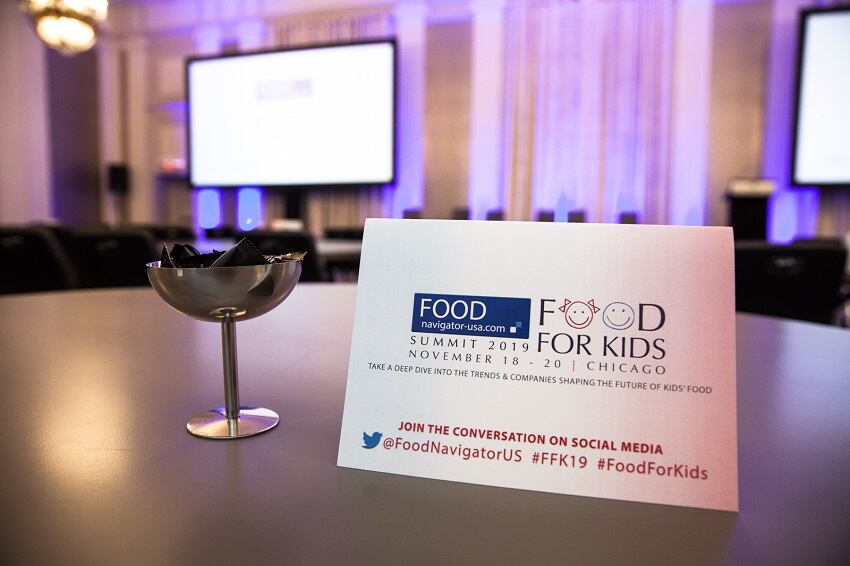The statement, titled "Caregiver Influences on Eating Behaviors in Young Children" published May 11 in the Journal of the American Heart Association, said that children’s eating behaviors, especially their ability to self-regulate consumption, is highly dependent on their feeding environment, caregiver wishes and demands during mealtimes.
Pressure to eat certain healthy foods and restricting the types of and amount of food consumed (while well-intentioned with the goal of improving diet quality) may be associated with an “impaired ability to self-regulate eating behaviors in preschool,” wrote researchers.
In addition, restrictive feeding practices, such as limiting intakes of certain (typically snack) foods, have been associated with higher consumption of food when not hungry, energy intake, obesity, and failing to stop eating when full, according to the report.
Forming a positive food environment
The American Heart Association suggests that parents and caregivers should focus more on building a positive food environment that demonstrates and supports children’s healthy food choices rather than an environment that places rigid restrictions on eating.
“Parents and caregivers should consider building a positive food environment centered on healthy eating habits, rather than focusing on rigid rules about what and how a child should eat," said Alexis C. Wood, Ph.D., the writing group chair for the scientific statement and assistant professor at the U.S. Department of Agriculture/Agriculture Research Services Children's Nutrition Research Center and the department of pediatrics (nutrition section) at Baylor College of Medicine in Houston.
"Children's eating behaviors are influenced by a lot of people in their lives, so ideally, we want the whole family to demonstrate healthy eating habits," said Wood.
Wood noted that while parents and caregivers may experience success using tactics such as rewards and punishments to motivate their children to eat healthy foods, the strategies may have long-term, negative consequences. Wood explained that an authoritarian eating environment does not allow a child to develop positive decision-making skills and can reduce their sense of control, both of which are important developmental processes for children.
On the other hand, an environment in which children can eat whatever and whenever they want does not provide enough boundaries for children to develop healthy eating habits, noted researchers.
Suggestions from the American Heart Association on how to build a positive food environment for children includes: providing consistent timing for meals; allowing children to select what foods they want to eat from a selection of healthy choices; serving healthy or new foods alongside foods children already enjoy; regularly eating new, healthy foods while eating with the child and demonstrating enjoyment of the food; paying attention to a child's verbal or non-verbal hunger and fullness cues; and avoiding pressuring children to eat more than they wish to eat.
"It is very clear that each child is an individual and differs in their tendency to make healthy decisions about food as they grow. This is why it is important to focus on creating an environment that encourages decision-making skills and provides exposure to a variety of healthy, nutritious foods throughout childhood, and not place undue attention on the child's individual decisions,” added Wood.
Check out the highlights from FoodNavigator-USA’s FOOD FOR KIDS summit last year, an event which dove into the nutrition and sensory science and market research of the kids food category.





